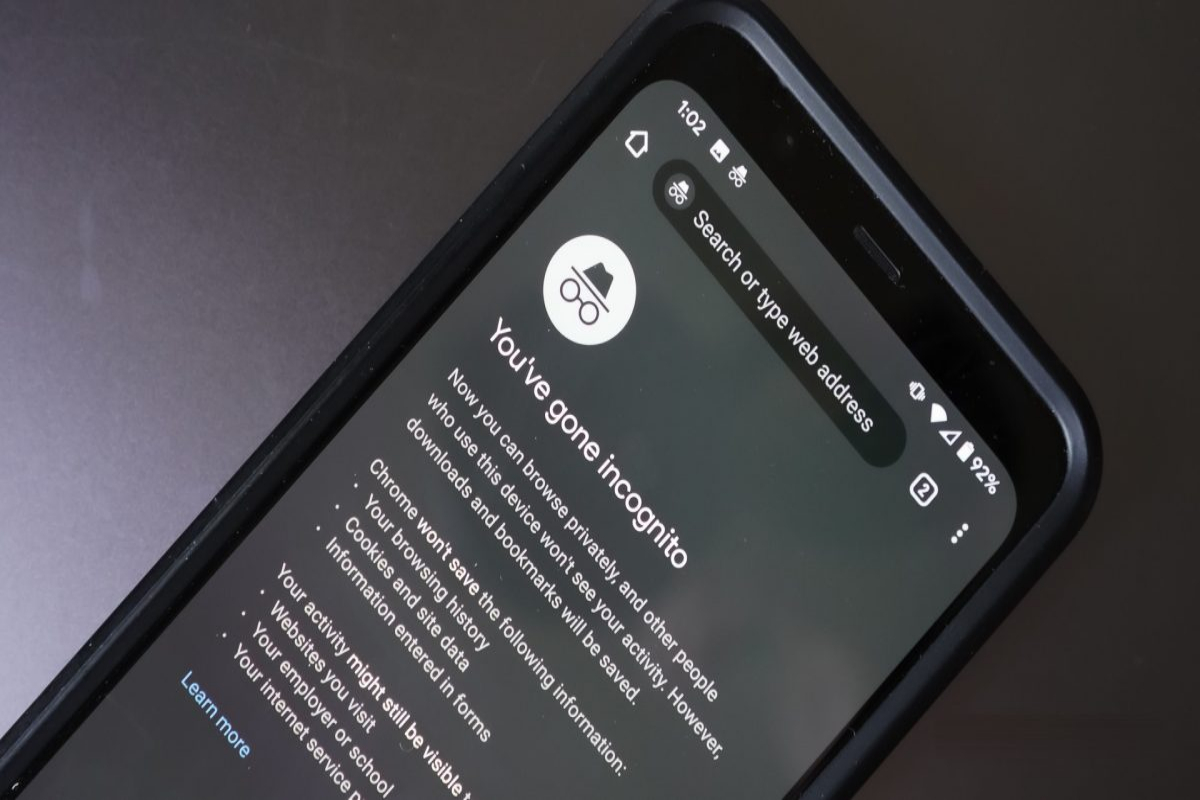- Chrome for Android will soon let you fingerprint-protect Incognito tabs.
- When you close Chrome with private tabs open, the app locks them with biometrics.
- Some users won’t be able to use the feature for a while because it hasn’t been rolled out yet.
The Android version of Google Chrome “Incognito” mode is about to get an extra layer of security.
Several Google apps for iOS already had a Privacy Screen feature that required Touch ID or Face ID to log in, but now it’s finally coming to Android.
Chrome for Android will soon let you fingerprint-protect Incognito tabs. When you close Chrome with private tabs open, the app locks them with biometrics.
When you open Chrome again, a grey screen with the Incognito logo will appear. Tapping “Unlock Incognito” will bring up a fingerprint unlocking screen.
A PIN option is available at the bottom left. The overflow feature remains, and other options let you return to regular tabs.
This could be helpful if you need to give your phone to someone else but still want to keep your private tabs open. You can turn it off by going to Settings > Privacy and Security > Lock Incognito Tabs when you leave Chrome.
Some users won’t be able to use the feature for a while because it hasn’t been rolled out to everyone yet.
But if you want to try it out for yourself, type this into the URL bar of your browser:
chrome:/flags/#incognito-reauthentication-for-android
On iOS devices, you can already use your fingerprint to sign in to other Google apps like Drive, Search, Fi, Chrome, and Authenticator.
It’s called “Privacy Screen,” but it still needs to be used more on Android.
[embedpost slug=”/for-ios-users-instagram-fixes-the-sound-bug-in-stories/”]





















